Drama in Tianjin
- Carol Anne Jones

- Aug 16, 2020
- 4 min read
Updated: Aug 22, 2020
Because of the logistics of the pandemic I’m spending the summer in Beijing. Anticipating long days focused on studio work, the days have gone quick and it’s soon time to resume my educator role again. In between studio work I’ve enjoyed a few trips in and around Beijing to take in the sights, the latest being to Tianjin which took thirty minutes from Beijing on the bullet train.
Tianjin is part of the Bohai economic rim, the largest coastal city in northern China and in terms of urban population, the fourth largest in China, after Shanghai, Beijing, and Guangzhou. Following the 1858 Treaties of Tianjin, several Western nations established concessions there and the European style houses, municipal buildings and churches in Wudadao district are legacies of that period which makes Tianjin to a European seem familiar.
The highlight of the city break was visiting the Puyi House. On the first attempt the house was shut due to a level four storm flooding forecast put out by the District municipality. After the storm which didn’t amount to much we ventured back to No.70, Anshan Road, Heping District and got to see it. The famous restored house was the home to Puyi the last Emperor of the Qing Dynasty as featured in the Oscar winning film The last Emperor directed by Bernardo Bertolucci.
The house in affectionately called the Garden of Serenity, Jingyuan and is under special heritage protection. Jing means stillness in English and the garden was named by Puyi, combining both a Chinese and European architectural style. Built in 1921, the main building has twenty one restored rooms to their original state. The main Spanish style building is two-storied, the first floor served as a living room, a dining room, guest rooms and a kitchen, while the second floor as bedrooms, a library and a chamber. The front garden originally featured enormous poplars, pagoda trees and cloves with ponds and constructed pavilions with a reception office, kitchen, garage and tennis court built on the northeast side of the garden.
Walking through the house it felt like stepping back into the past and the lives of those that resided there. From 1925 to 1931, Puyi the last Emperor, the Empress Wanrong and the concubine Wenxiu lived there. He arrived there in February 1925, escorted by disguised Japanese police to the house located in the Japanese concession in Tianjin to take up residence outside his Palace. The time he spent there was a period in which his political thought matured and he took independent actions to restore his overthrown reign of the Great Qing Dynasty. Though dethroned and in exile, he had his Empress, concubine and brothers and sisters by his side. His stay at the house was originally intended to be a springboard for going abroad but the Western powers and Japan wouldn’t accept his residence in their countries in the role of monarch, so he had to remain in Tianjin. In order to restore the reign of Qing, Puyi allied himself with the warlords, establishing his own military force while remaining in contact with foreign powers.
He spent his time keeping himself updated on current affairs, seeking opportunities to restore the monarchy while enjoying a western lifestyle. He would dance in Shunde, play golf in the British settlement, and build a tennis court, all financially supported mostly by selling antiques and paintings he brought from the palace. He would dress in English fabric wearing a hat and a pair of German Zeiss sunglasses portraying the appearance of a foreign aristocrat. However his mind was still embedded in feudalistic thought. Wives and concubines were servants for monarchs. Monarchy restoration was his only interest.
Moving through the rooms, it was fascinating to get a feel for characters that had lived there. Wenxiu, Puyi’s concubine was originally sent to the palace before Puyi and Wanrong’s (the Empress) wedding and was then titled as Shufei. Wenxiu was reluctant to side with Japan and she confided her reservations to Puyi several times. Puyi eventually tired of her and his and Wanrong’s indifference towards her finally concluded in her leaving the house. She historically requested a divorce from Puyi which made quite a scandal at the time, Wenxiu being the first concubine in Chinese history to demand a divorce from the emperor. This came to be called the Concubine Revolution.
Wanrong the Empress was known as a star fashion dresser to the outside world but her life in the house seemed lonely and painful. Described as shallow and helpless, she would have to compete with Wenxiu for Puyi’s attention buying lots of fashionable items. She even consumed opium to escape her pain. After the concubine revolution Wanrong and Puyi’s marriage hit rock bottom. In 1945, Wanrong was captured by Chinese Communist guerrillas and transferred to different locations before she was settled in a prison camp in Yanji, Jilin. She died in prison in around June or August 1946 and her remains have never been found.
With the introduction of photography in China at the dawn of the 20th Century, Puyi was to be out of 200 Chinese emperors the only one to leave photographic documentation of his life. During his time spent in the Northeast of China to his death, Puyi’s status changed from the Emperor to Emperor of the puppet Manchu State to a war prisoner of the Soviet army, then from war criminal to an ordinary citizen.
He definitely had a dramatic, legendary life and it was interesting to have a peek into the radical, dramatic changes of the lives that once dwelled in the house against the backdrop of the historic events of that time and space in history. Go watch the movie!
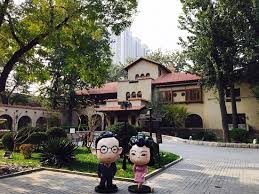


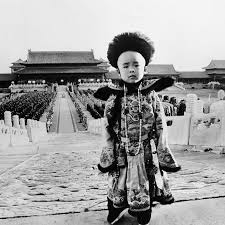

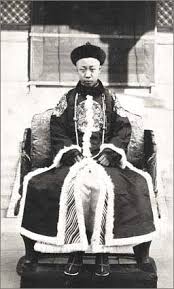

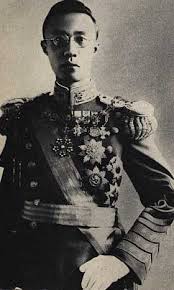

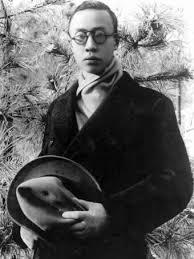

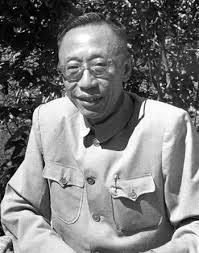



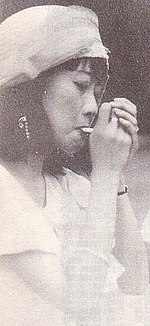



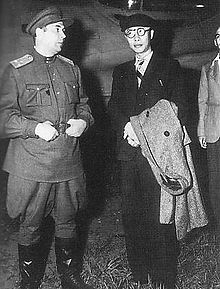





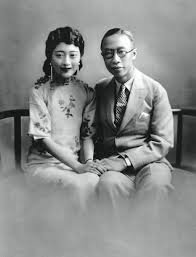



Comments